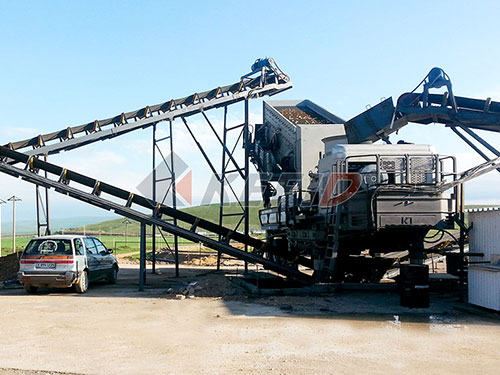Unlocking Efficiency and Sustainability: The Guyana-British 100tph Gold Concentration Production Line
The global mining industry continues to evolve, driven by technological advancements and a growing emphasis on sustainability. A standout example of this progress is the Guyana-British 100tph Gold Concentration Production Line, a collaborative project that combines cutting-edge engineering with environmental stewardship to optimize gold recovery in Guyana’s resource-rich regions. This article explores the design, operational efficiency, and sustainable practices of this state-of-the-art production line.
Project Overview: Bridging Expertise and Resources
The Guyana-British 100tph (tonnes per hour) gold concentration production line is a joint venture between Guyanese mining entities and British engineering firms. Designed to process 100 tonnes of ore hourly, the facility targets alluvial and hard-rock gold deposits in Guyana’s mineral-abundant landscapes. The project aims to enhance gold recovery rates while minimizing ecological disruption—a critical balance in a sector often scrutinized for its environmental impact.
Innovative Process Flow: Maximizing Recovery Efficiency
The production line integrates advanced technologies to ensure high recovery rates and operational reliability. Its process flow includes:
1. Crushing & Screening:
– Primary jaw crushers reduce raw ore to manageable sizes.
– Vibrating screens classify materials, separating coarse particles for secondary crushing and fine materials for subsequent processing.
2. Grinding & Classification:
– Ball mills grind ore into finer particles, liberating gold from host rock.
– Hydrocyclones classify slurry by particle size, ensuring optimal feed for concentration stages.
3. Gravity Concentration:
– Centrifugal concentrators (e.g., Knelson or Falcon units) recover free gold particles through enhanced gravitational forces.

– Shaking tables further refine concentrates, separating high-grade gold from lighter gangue materials.
4. Tailings Management:
– A closed-loop water recycling system minimizes freshwater consumption.

– Filter presses dewater tailings, reducing waste volume and enabling safer storage or repurposing of residues.
Technological Highlights: Precision Meets Sustainability
The production line stands out for its integration of automation and eco-conscious design:
– Smart Monitoring Systems: IoT-enabled sensors track equipment performance in real time, enabling predictive maintenance and reducing downtime.
– Energy Efficiency: High-efficiency motors and variable frequency drives (VFDs) cut power

Leave a Reply